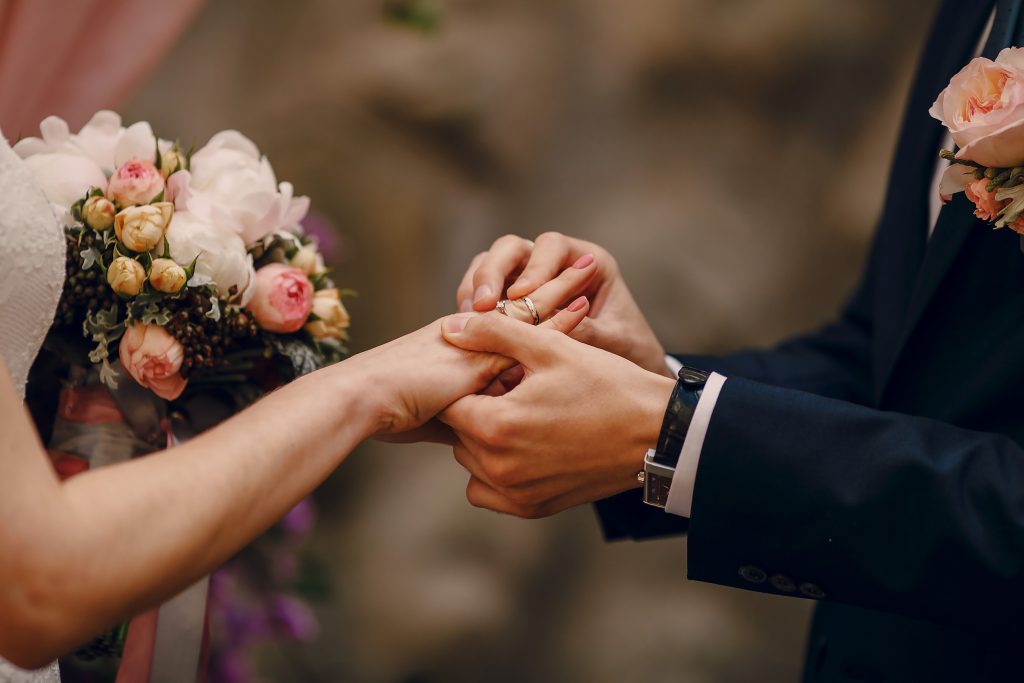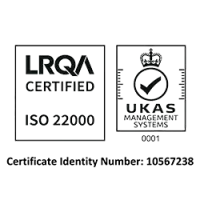The big moment has arrived—the question has been popped, the engagement ring is on, and now the exciting journey toward your wedding day begins!
While planning your ceremony and reception may seem overwhelming with countless tasks and decisions, it doesn’t have to be. By giving yourself enough time and sticking to a solid checklist, you’ll stay organised, stress less, and enjoy every moment of bringing your dream wedding to life. To make things easier, we’ve included a free printable wedding checklist at the end of this article!
1. Setting the Foundation
Starting your wedding planning journey with a solid foundation is essential for ensuring a smooth process. This phase focuses on making decisions that will influence the rest of your wedding day plans.
Set a Wedding Date and Time
Choosing the right date is more than just picking a day—it can carry significant meaning. Some couples may select dates based on cultural traditions, religious practices, or even good fortune (like the Chinese lunar calendar). You’ll also want to consider weather conditions, as Malaysia’s tropical climate brings frequent rain, particularly during the monsoon seasons (April to October for the west coast and November to March for the east coast). Additionally, avoid dates that fall on public holidays or major festivals to ensure availability and smooth travel for guests.
Determine Your Budget
Your budget will serve as the foundation for all wedding decisions. Start by allocating funds to key areas, such as the venue, catering, attire, photography, and entertainment. Don’t forget to set aside a contingency fund for unexpected expenses. By setting a realistic budget early, you can avoid overspending and prioritise what matters most to you.
Guest List Estimation
Drafting an initial guest list is crucial for determining the size of your celebration. Whether you’re planning an intimate gathering or a large-scale event, having an estimate will guide decisions on your venue, catering, and seating arrangements.
Choose a Wedding Style
Your wedding style will shape the overall aesthetic and atmosphere of your celebration. Malaysian couples often blend traditional elements with modern themes to create meaningful, personalised events:
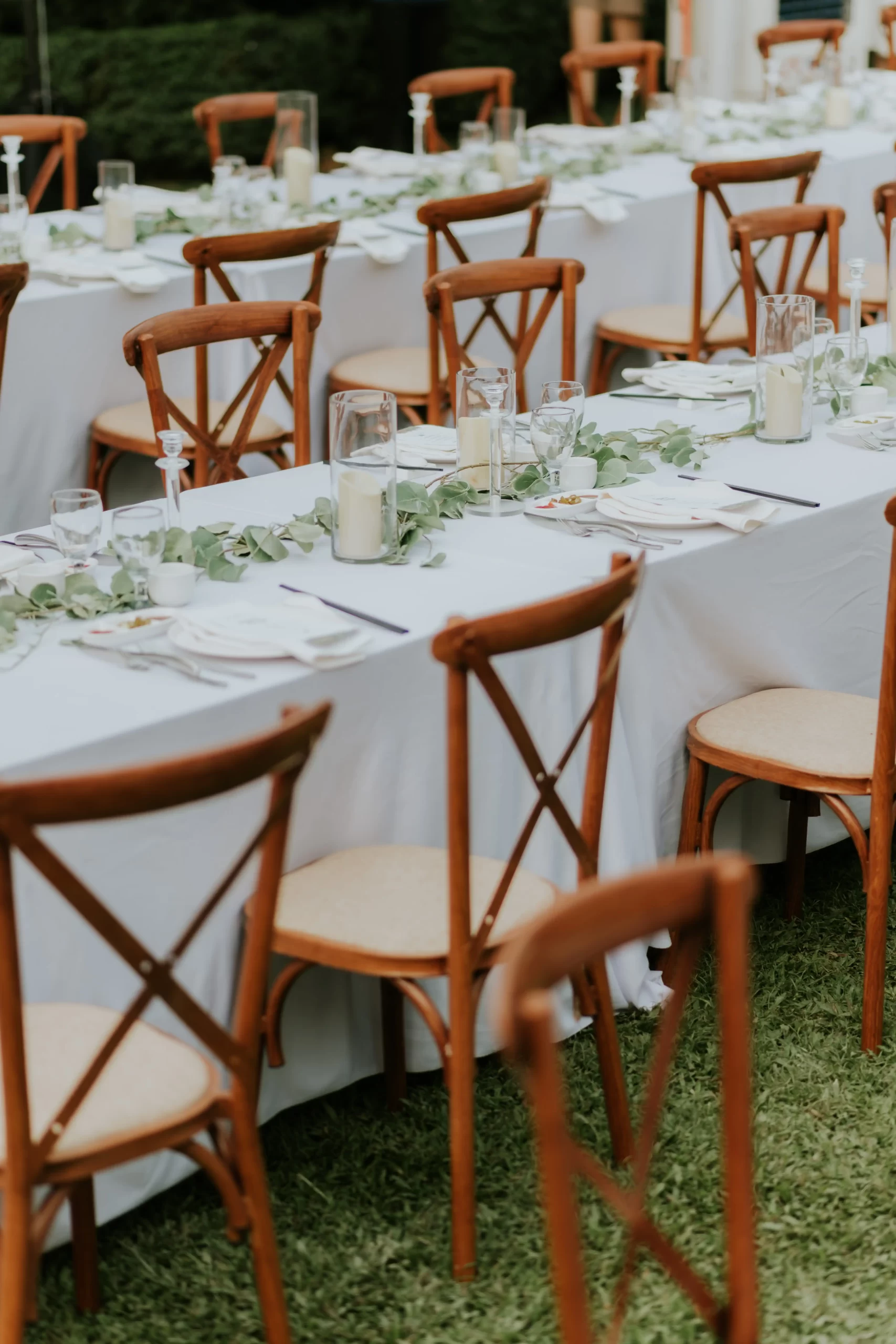
Traditional-Modern Fusion
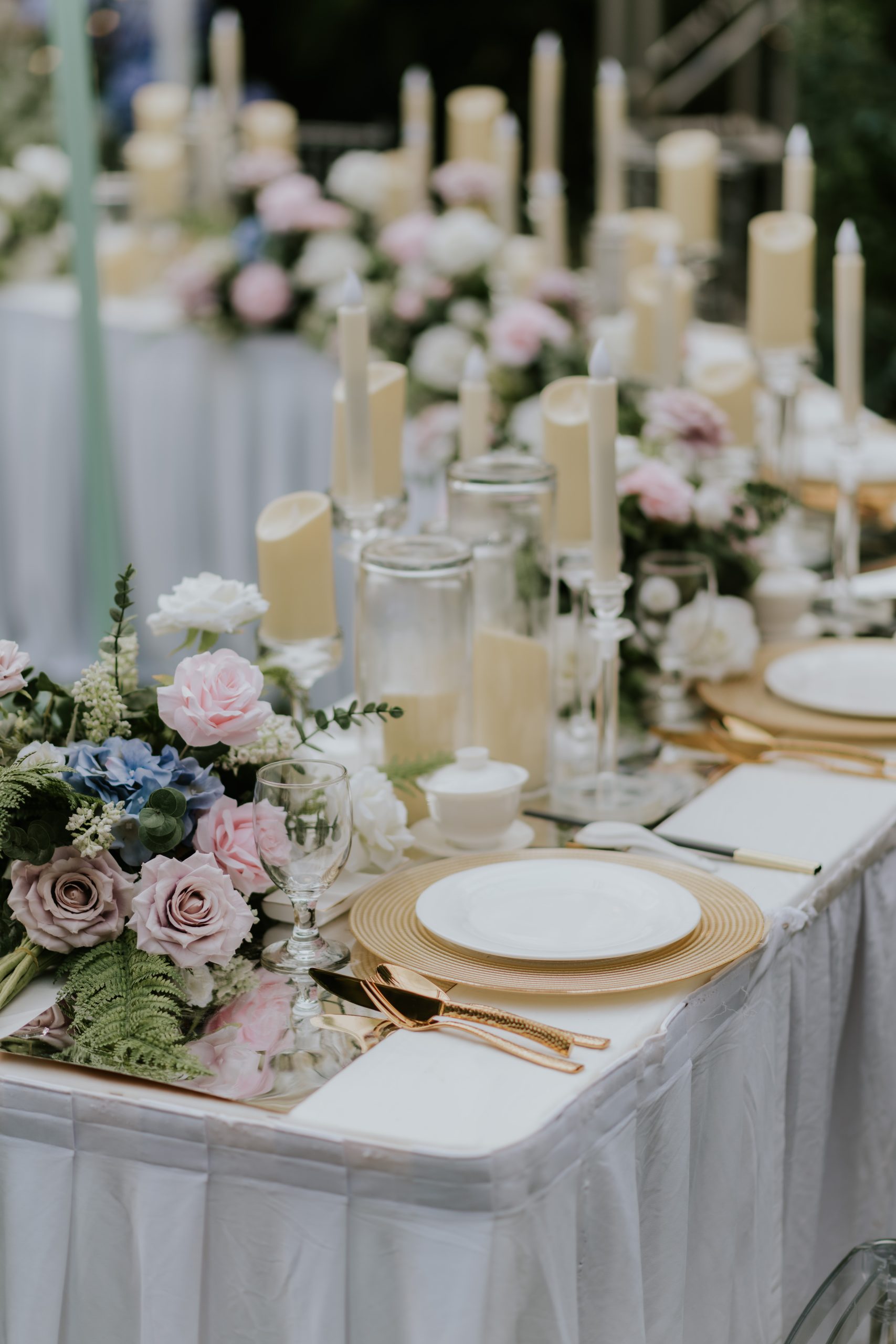
Modern Minimalist

Western-Style
Having a clear vision for your style will make it easier to plan décor, attire, and even entertainment choices.
Select a Wedding Venue
Choosing the right venue is one of the most important decisions you’ll make, as it sets the tone for your entire wedding. Consider factors such as capacity, location, accessibility, and ambiance. Whether you’re planning a traditional cultural ceremony or a modern Western wedding, there are plenty of venue options to suit any style:
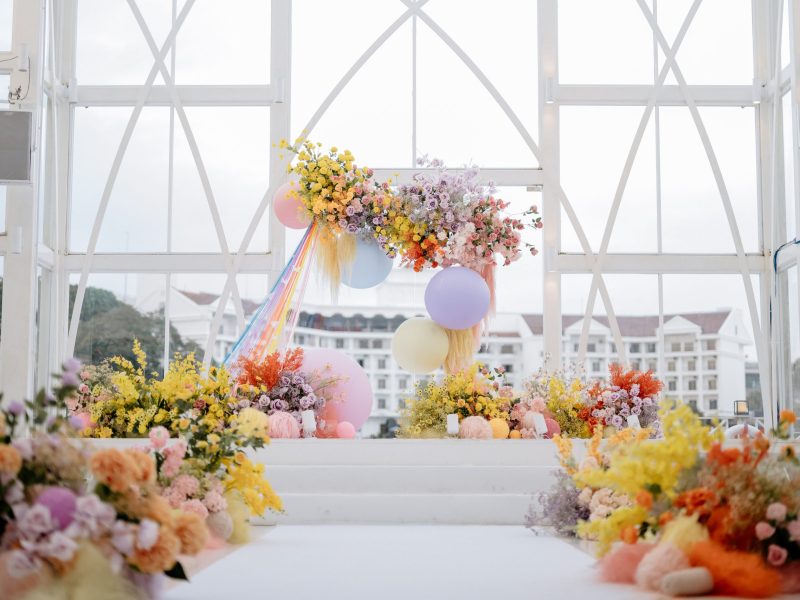
Indoor Venues
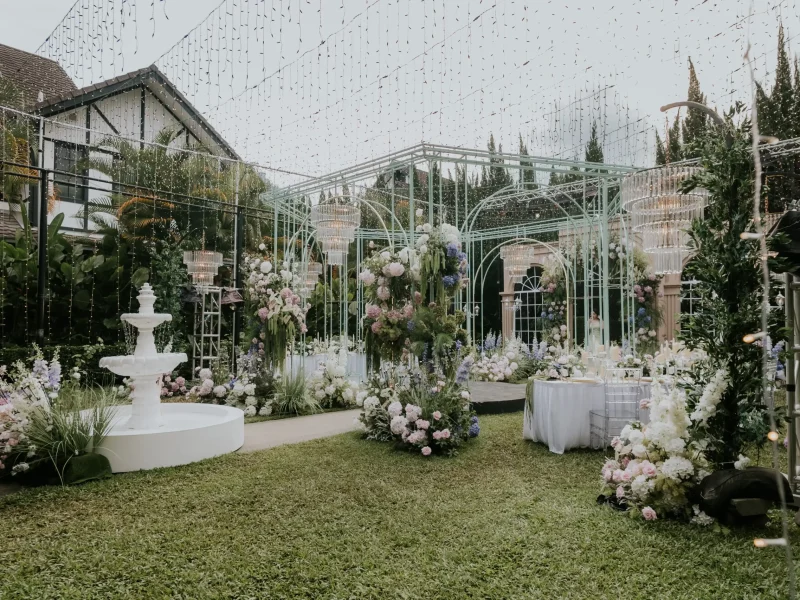
Outdoor Venues
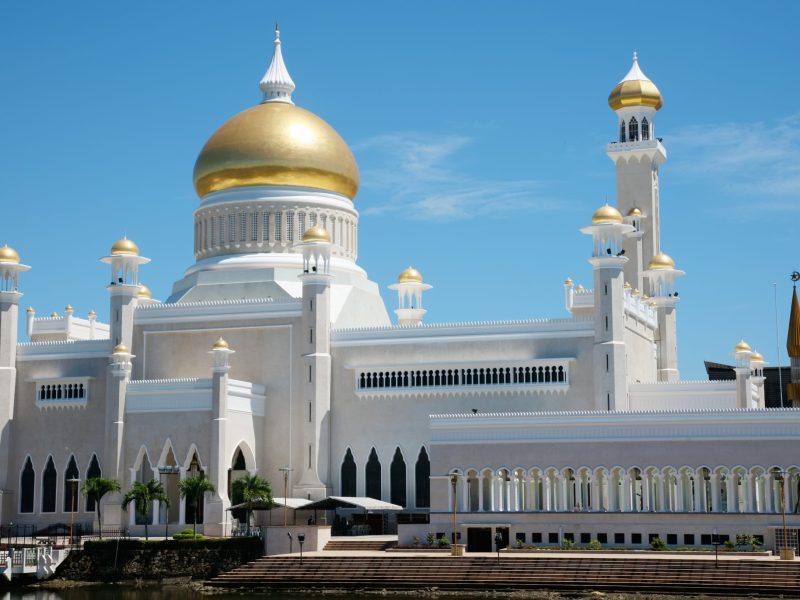
Cultural Venues
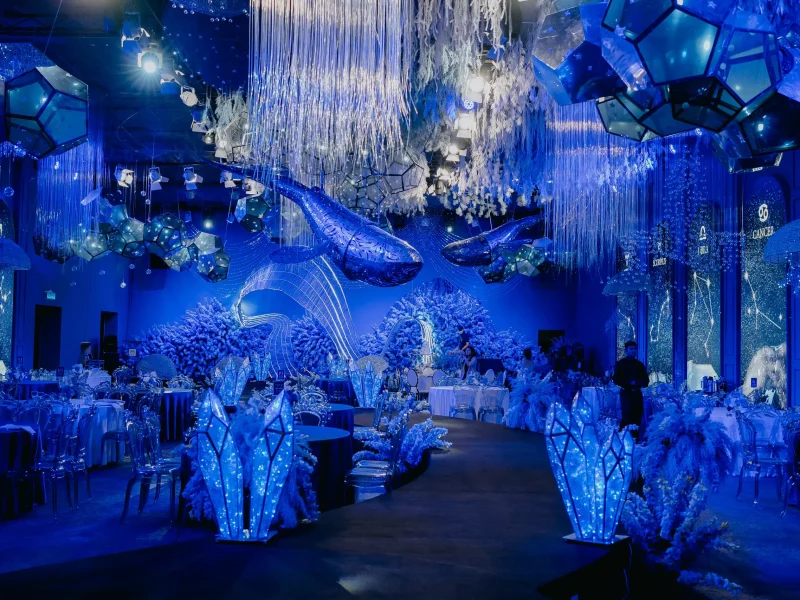
Unique Spaces
When booking a venue for your Malaysian wedding, it’s advisable to do so as soon as possible, ideally at least 12 months in advance. Popular venues tend to fill up quickly, especially during peak wedding season, so securing your venue early will help ensure you get your desired date and location. If you’re still exploring options, check out our list of popular wedding venues in Malaysia for more inspiration.
2. Assembling the Team
To bring your wedding vision to life, assembling the right team of professionals is crucial. Each expert plays a key role in making your big day run smoothly:
Wedding Planner (Optional)
Hiring a wedding planner can be a great investment, especially for large or multicultural weddings. They help with overall organisation, liaising with vendors, managing timelines, coordinating logistics and the day’s events so you can focus on enjoying the celebration.
Caterer
Food is a central element of any Malaysian wedding, so it’s important to choose the right caterer who can offer menus that cater to all dietary needs:

Halal Catering
Ensure that your caterer is certified halal to accommodate Muslim guests. This is a must for Malay weddings and any multicultural weddings that include Muslim guests.

Cultural Dishes
Whether it’s traditional Chinese, Indian, Malay, or fusion dishes, choose a menu that reflects your style and guest preferences.

Service Style
Whether a formal church wedding or a laid-back reception, decide between buffet, banquet, or plated meal service to suit the occasion.
Wedding Photographer/Videographer
Capturing key moments is essential to reliving your wedding day for years to come. Choose professionals who can document both candid and formal moments. Discuss your vision and any cultural elements they should be aware of, such as specific ceremonies or rituals.
Makeup Artist & Hairstylist
Your makeup artist and hairstylist play a huge role in ensuring you feel confident and radiant on your big day. Select experienced artists who understand your style and can create looks that complement both modern and traditional attire. Don’t forget to schedule a trial session to test the look in advance.
Entertainment
Entertainment plays a big role in setting the mood for your wedding celebration. Most couples in Malaysia opt for:
- Live Music or Singers: A popular choice across all wedding styles, live bands or singers can create a festive or romantic atmosphere.
- Traditional Performances: Kompang drummers or other cultural performers can add a unique, celebratory touch.
Some couples planning a Western wedding—especially in churches or formal halls—may also consider hiring a choir to create a spiritual and reverent atmosphere that complements the sacred setting.
Whether you go with a live band, solo performer, or traditional cultural act, choose entertainment that aligns with your wedding’s overall energy, venue, and theme—be it a modern celebration, traditional wedding, or church ceremony.
Officiant/Celebrant
Ensure that you book the right officiant or celebrant for your religious or civil ceremony. Confirm their availability, and work with them to finalise the ceremony’s flow.
By assembling the right team of professionals, you’ll have expert guidance and support to make your wedding day a stress-free and memorable experience.
3. Attire and Aesthetics
Choosing the perfect wedding attire is one of the most exciting parts of wedding planning. Explore all options to find what suits your style, personality, and budget:
Bride’s Attire
Before deciding on your bridal outfit, explore different styles to see what resonates with your personality, theme, and budget.

Malay Weddings
Consider baju pengantin in a variety of colours, from traditional gold or white to pastel hues. Embroidered and beaded options can be stunning, but keep costs in mind when choosing embellishments.
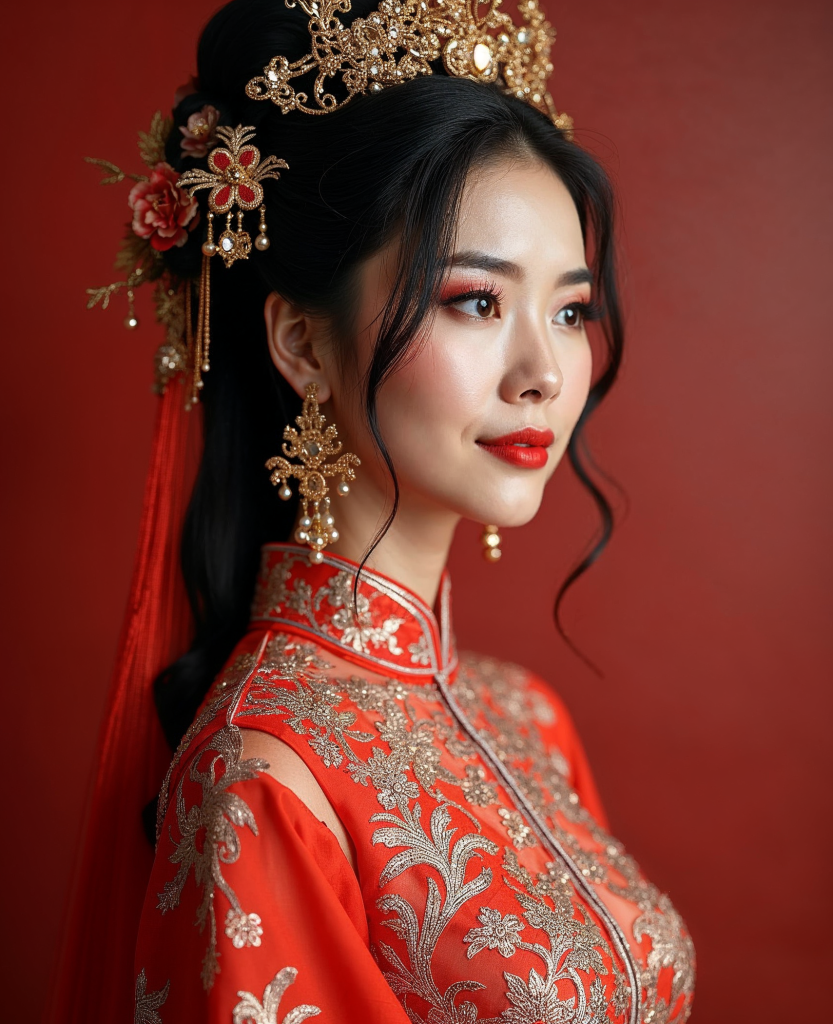
Chinese Weddings
You may want to wear a traditional qipao or cheongsam for the ceremony and change into a Western-style gown for the reception. If budget is tight, renting both outfits can be a great option.
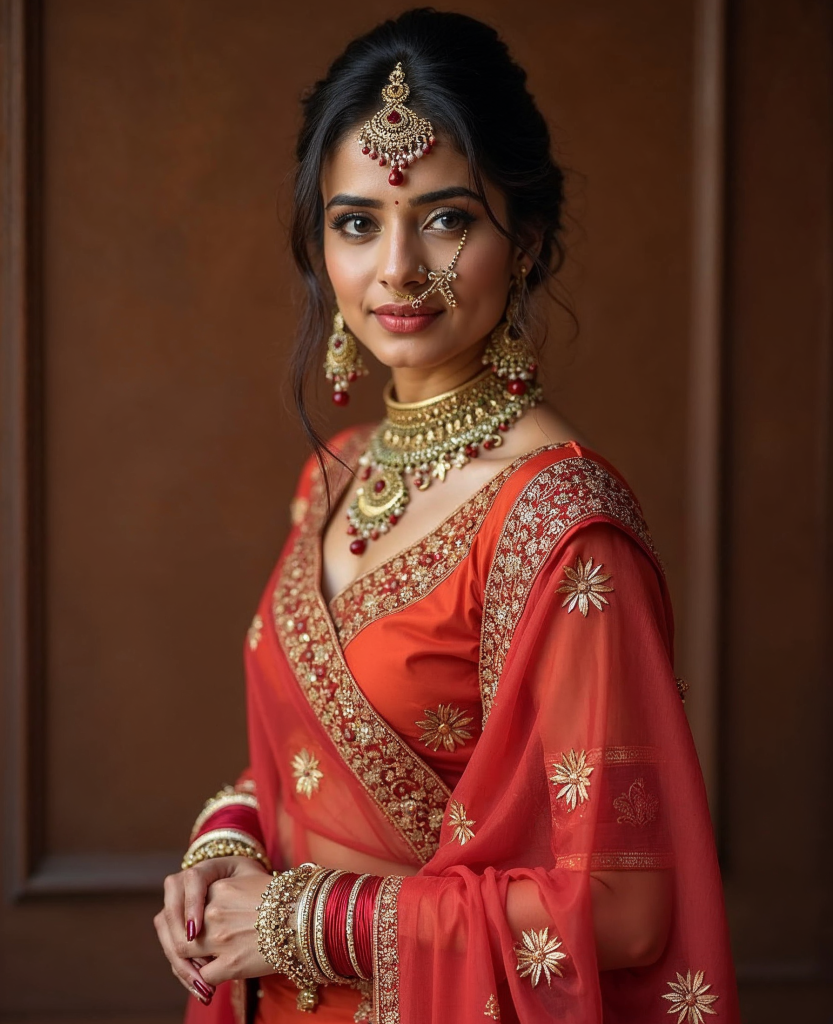
Indian Weddings
Sarees and lehengas are popular choices, but prices can vary significantly depending on the fabric and design. Explore different boutiques and rental options to stay within budget.
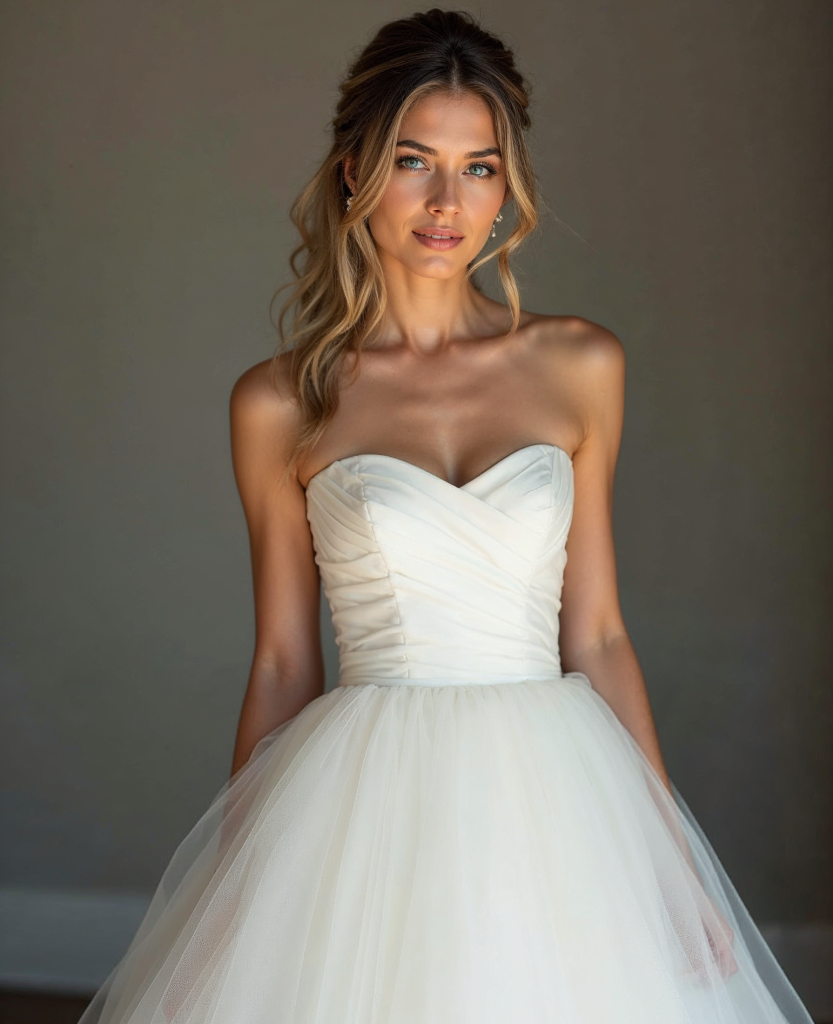
Western Weddings
A classic white bridal gown is ideal for church or civil ceremonies with formal receptions. Renting or purchasing pre-loved gowns can be budget-friendly without compromising on elegance.
It’s easy to get carried away with bridal attire, so give yourself time to research and shop around.
Bridesmaids’ Dresses
For bridesmaids, think about dresses that match your theme or colour palette. Consider cultural attire or modern dresses for a cohesive and polished look. Be sure to ask your bridesmaids to fit their outfits well in advance in case any adjustments are needed. This ensures everyone feels comfortable and confident on the big day.
Groom’s Attire
Grooms should also take time to explore outfit options:
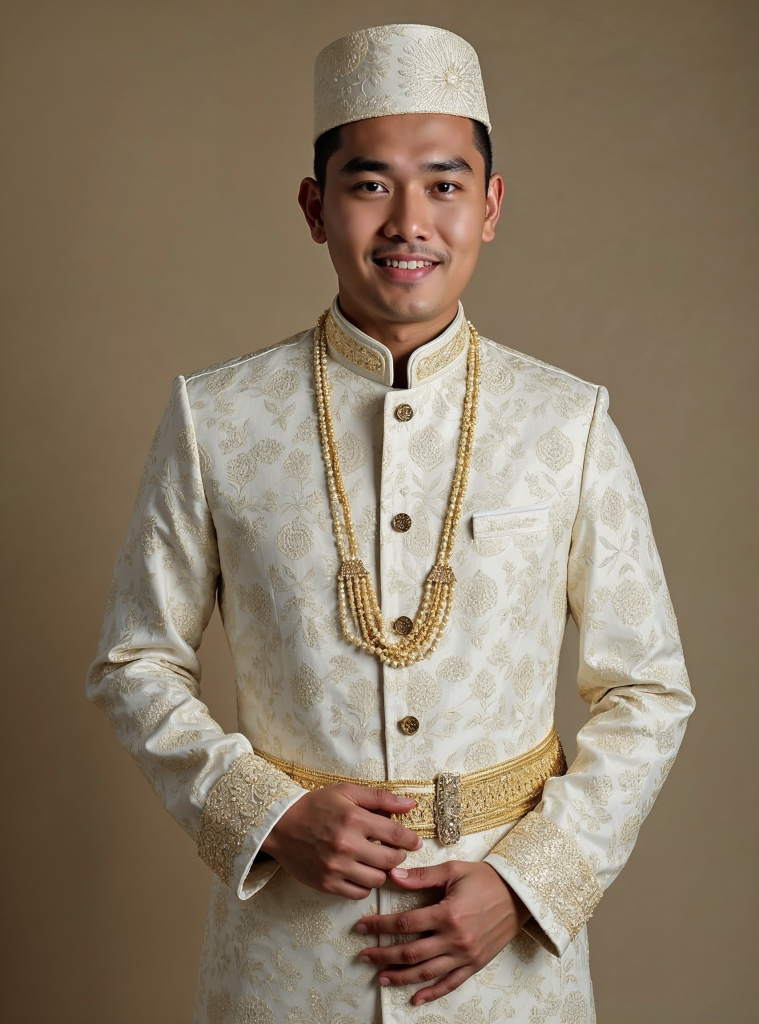
Malay Weddings
Baju melayu with samping and tanjak is a classic choice. Consider renting or tailoring an outfit for a perfect fit.

Chinese Weddings
A traditional changshan is a stylish option, or you can opt for a formal suit.
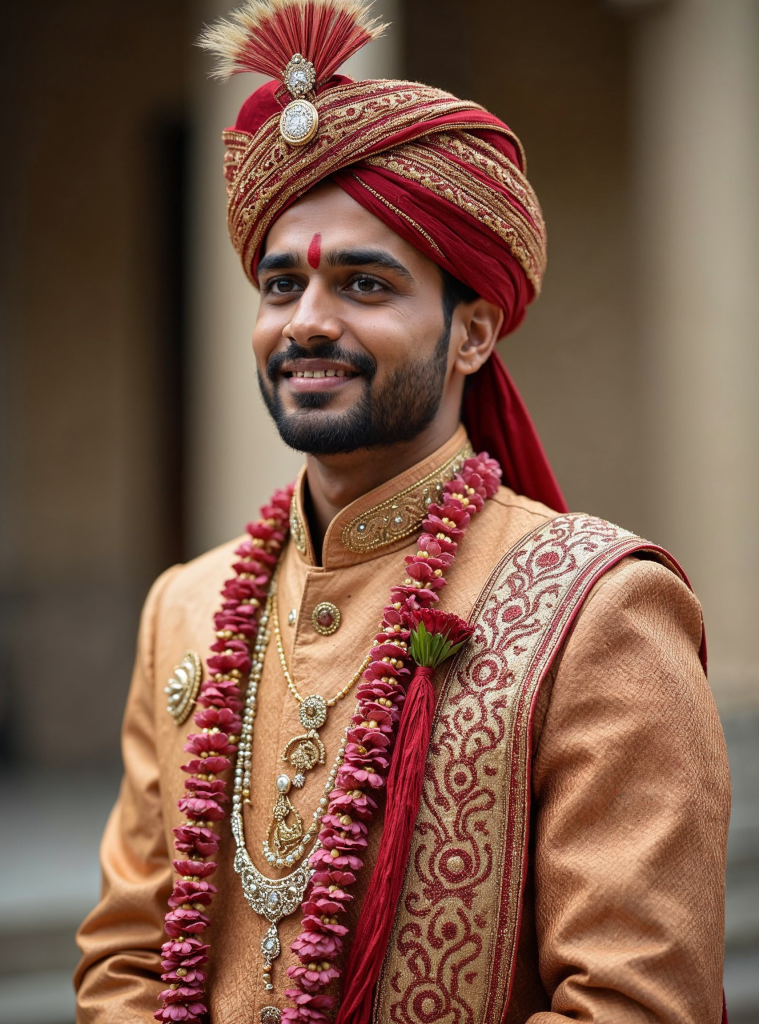
Indian Weddings
Sherwanis and kurtas come in many styles and fabrics—shop around to find one that suits both the budget and occasion.

Western Weddings
A suit or tuxedo remains a popular choice for Western weddings. Whether you’re going for black-tie or semi-formal, rental and tailoring options can help you achieve a sharp and refined look.
Groomsmen’s Attire
Coordinate groomsmen’s attire with the groom’s outfit for a unified look. For example, matching suits or similar traditional outfits can create a polished and cohesive appearance. Don’t forget to communicate any dress codes or colour palettes early to avoid last-minute confusion.
Florist
Flowers play a significant role in enhancing the overall ambiance of your wedding. You can keep it simple with bouquets, boutonnieres, and table arrangements, or opt for larger floral installations if you want to make a statement.
Wedding Cake
Choose a cake that reflects your style, whether it’s a modern design or one with traditional elements. You can also consider dessert tables or smaller cakes paired with traditional sweets for variety.
Wedding Rings
Take your time selecting wedding rings—this is one purchase you’ll wear for life. Consider styles that reflect your personality and relationship.
When planning your attire and aesthetics, keep an open mind, stick to your budget, and remember that what matters most is how you feel on your special day.
4. Invitations and Communication
Keeping your guests informed is key to ensuring a smooth and joyful wedding celebration. Here are a few ways to communicate all the necessary details:
Wedding Invitations
In Malaysia, printed wedding invitations are the traditional choice, but digital e-invites are becoming more popular due to their convenience. Invitations should be sent at least 3 to 6 months before the event and include:
- Venue and Time: Provide the full address and the start time of the ceremony and reception.
- Dress Code: Mention any attire preferences (e.g., traditional, formal, smart casual) to help guests plan.
- RSVP Details: Include instructions on how to RSVP, whether through a phone number, WhatsApp, or an online form if using e-invites.
Including an event schedule is optional. It can be helpful if you have a multi-event celebration or want to highlight key moments (e.g., dinner time or a special performance).
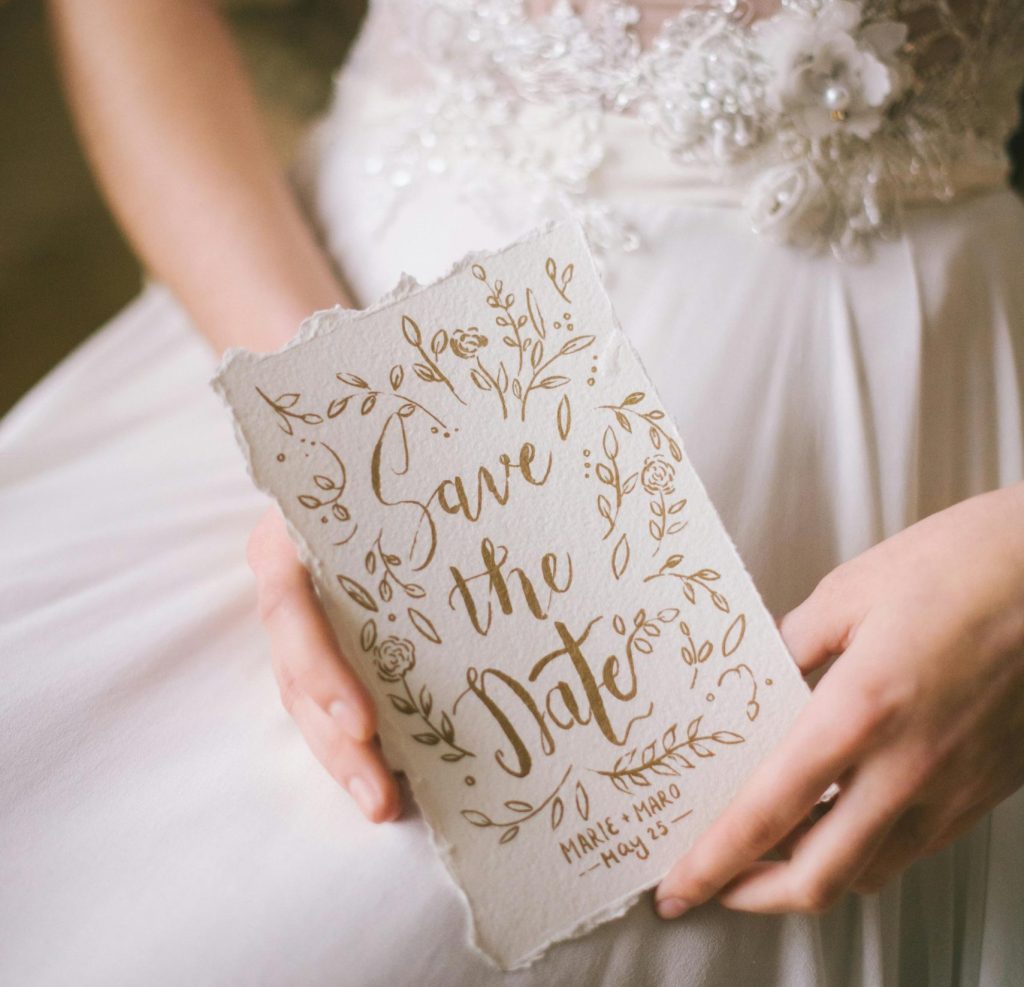
Wedding Website (Optional)
For couples who prefer a more detailed communication tool, a wedding website is an excellent option. It can include:
Venue Directions
Share maps or parking instructions for easy navigation.
Accommodation Info
Suggest nearby hotels or homestays for out-of-town guests.
RSVP Form
Allow guests to RSVP and provide any dietary preferences conveniently online.
Story & Photos
Share your love story or engagement photos to personalise the experience.
Updates
Share real-time changes or reminders if needed.
Guest Communication
For e-invites, consider sending a reminder a few days before the wedding to ensure guests have all the details ready. This approach helps to avoid last-minute confusion and keeps the excitement alive!
By ensuring clear communication, you’ll create a welcoming and organized experience for all your guests.
5. Ceremony and Reception
The ceremony and reception are the heart of your wedding celebration. Careful planning ensures that everything runs smoothly and creates a meaningful, memorable day for you and your guests. Here’s how to plan each element:
Ceremony Planning
- Key Elements: Plan vows, readings, music, and rituals. Whether you’re having a religious, traditional, or civil ceremony, these details are essential for setting the tone of your celebration.
- Officiant Coordination: Confirm the officiant, ceremony time, and order of events.
- Symbolism: Consider meaningful rituals like lighting candles or flower exchanges if desired.
Note: Traditional Malay, Chinese, Indian, or Western wedding ceremonies will naturally include cultural customs. Work with your family and officiant to ensure all rituals are properly incorporated.
Reception Planning

Seating Arrangements
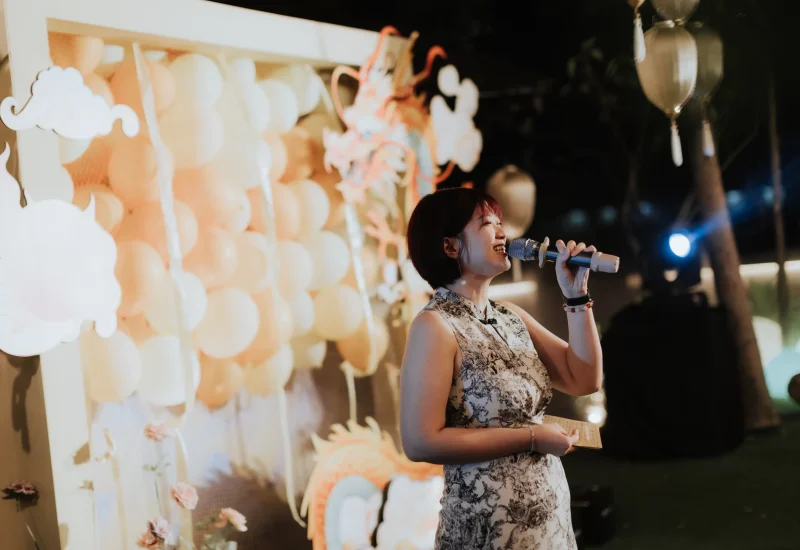
Speeches
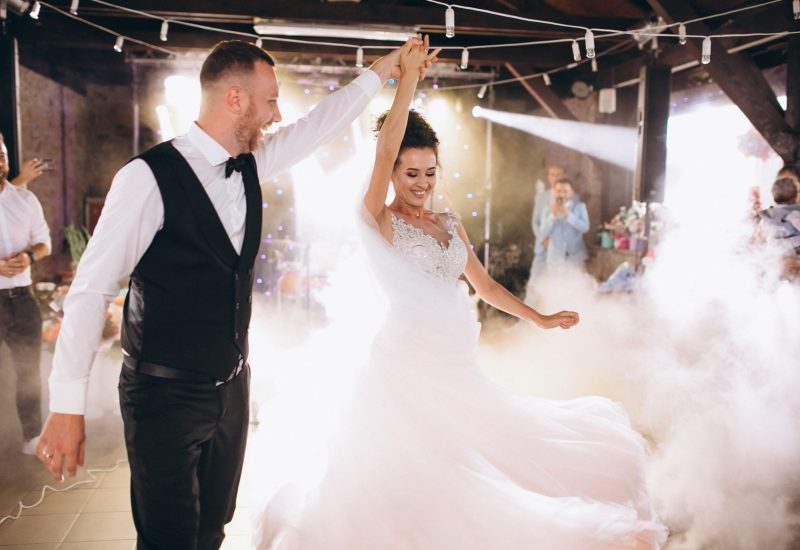
Entertainment
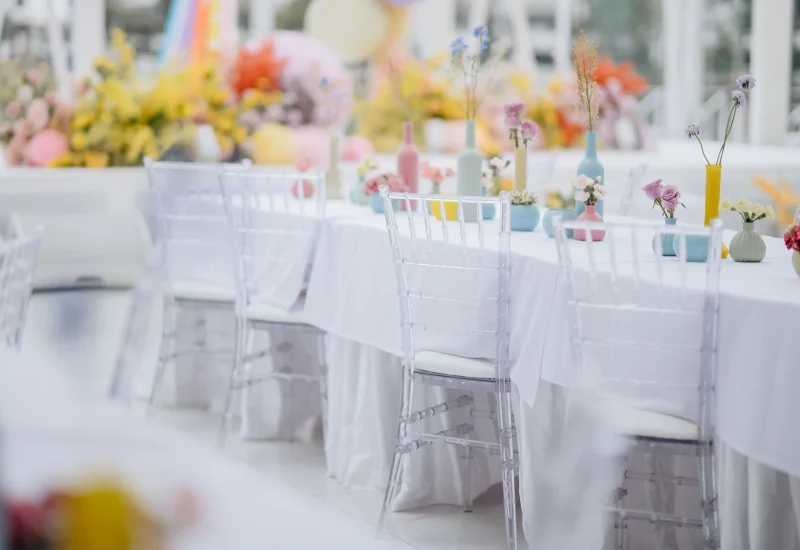
Décor
Transportation
Arrange transportation for key guests and plan how you’ll arrive at both the ceremony and reception. A grand entrance in a decorated car is a popular option.
Wedding Favours
Offer thoughtful gifts to thank guests for attending. Personalised items or treats are popular in Malaysian weddings.
Guest Book
Provide a space for guests to leave well wishes, whether through a traditional guest book, a photo booth, or creative alternatives like an audio guestbook or wishing tree.
6. Legal and Cultural Considerations
Marriage registration in Malaysia involves different processes depending on whether you’re having a civil or religious wedding. It’s essential to manage both legal and cultural obligations efficiently to ensure a smooth wedding process. Here’s what to consider and a general timeline to help you stay organised:
Marriage Licence Registration
The registration process varies based on the couple’s religious or cultural background:
Civil Marriages
- Civil marriages for non-Muslim couples are registered at the National Registration Department (Jabatan Pendaftaran Negara, JPN). Couples must apply for a marriage licence and register at the JPN office or an appointed venue. Ensure all documents, such as identification cards and birth certificates, are ready.
- Apply at least 21 days before the wedding.
- For more details, visit the National Registration Department (JPN) Website.
Muslim Marriages
- Muslim marriages must be registered with the State Religious Department. Couples are required to attend pre-marriage courses and obtain necessary documents, such as permission from the bride’s wali (guardian).
- Apply for approval from the religious authority in your state.
- Visit e-Syariah for more information.
Timeline for Marriage Registration:
3-6 Months Before
Research marriage registration requirements and check for any mandatory courses.
1-2 Months Before
Submit marriage licence applications and ensure all documents are ready.
2-4 Weeks Before
Confirm approvals, finalise ceremony details, and prepare ceremonial items.
By following this process, you can ensure all legal and cultural requirements are met, setting the stage for a smooth and meaningful wedding day. For a step-by-step guide on marriage registration for both locals and foreigners, check out our detailed article on marriage registration procedure in Malaysia.
7. Post-Wedding Checklist
Once the celebrations have ended, it’s time to focus on some essential post-wedding tasks to ensure a smooth transition into married life.
-
Preserve Your Wedding Bouquet (Optional)
If you wish to keep your bouquet as a keepsake, arrange for preservation through drying, pressing, or professional preservation services. -
Send Thank You Notes
Express your gratitude to guests, vendors, and anyone who contributed to your special day. Sending thank you notes or personalised messages is a thoughtful way to show appreciation. -
Change Insurance Policies
Update your insurance policies to include your spouse. This can include health, life, and car insurance. Contact your provider to make any necessary changes. -
Check Outstanding Registry Items
Review your wedding registry and purchase any remaining items you may still need or want, often with post-wedding discounts. -
Book Your Honeymoon (If Not Done Yet)
If you haven't already planned or booked your honeymoon, now is the perfect time to do so. Ensure your travel documents are up-to-date before finalising the trip. -
Store or Preserve Wedding Attire
Have your wedding dress, suit, or other attire professionally cleaned and stored for preservation if you plan to keep it. -
Reflect and Share Your Wedding Memories
Share photos or videos from your wedding day with family and friends. Consider creating a wedding album or a digital gallery.
Taking care of these post-wedding tasks will help you wrap up your celebrations and start your new chapter as a married couple with ease.
Planning a wedding can feel overwhelming with so many details to manage, but remember that it’s a journey of love, celebration, and partnership. By following this checklist, you can break down the process into manageable steps, ensuring nothing is overlooked. Allow yourself flexibility, lean on your support system, and focus on what truly matters—making memories that will last a lifetime. Whether things go exactly as planned or take a few unexpected turns, your wedding day will be uniquely yours. Stay organised, stay positive, and enjoy every moment of the journey. You’ve got this!
Frequently Asked Questions About Wedding Planning
How far in advance should I start planning my wedding?
When planning your wedding, it is recommended to start planning at least 12 to 18 months in advance. This will allow you enough time to research and book vendors, secure a venue, and make any necessary arrangements for your big day.
How do I create a budget for my wedding and stick to it?
Creating a budget for your wedding can be done by first determining your overall budget and then allocating specific amounts to different aspects of the wedding such as venue, catering, decor, and entertainment. Be sure to track your expenses closely and make adjustments as needed to stay within budget.
What are the typical costs involved in planning a wedding in Malaysia?
Typical costs involved in planning a wedding in Malaysia may include venue rental, catering, photography/videography, flowers, decorations, entertainment, and attire. It is important to research and compare prices from different vendors to ensure you are getting the best value for your money.
How far in advance should we book our wedding venue?
It is advisable to do so as soon as possible, ideally at least 12 to 18 months in advance. Popular wedding venues tend to book up quickly, especially during peak wedding season, so securing your venue early will help ensure you get your desired date and location.

